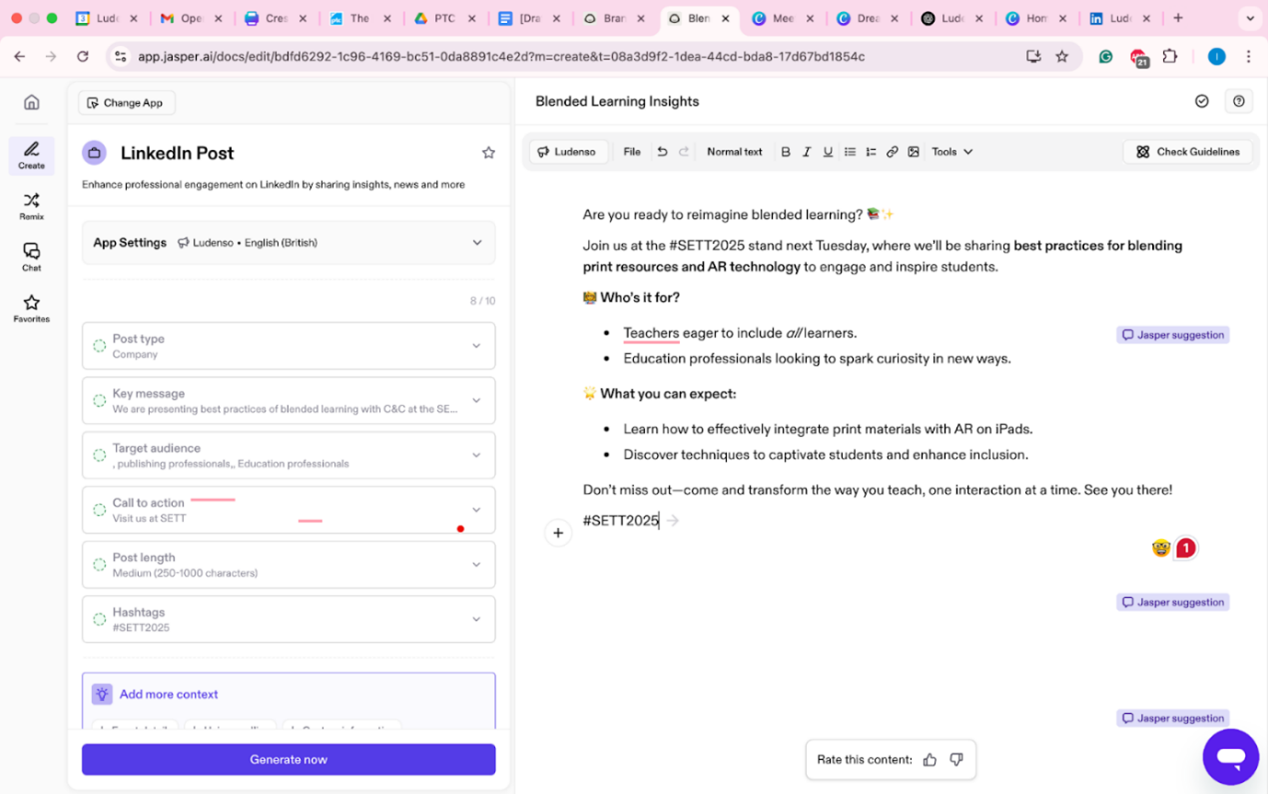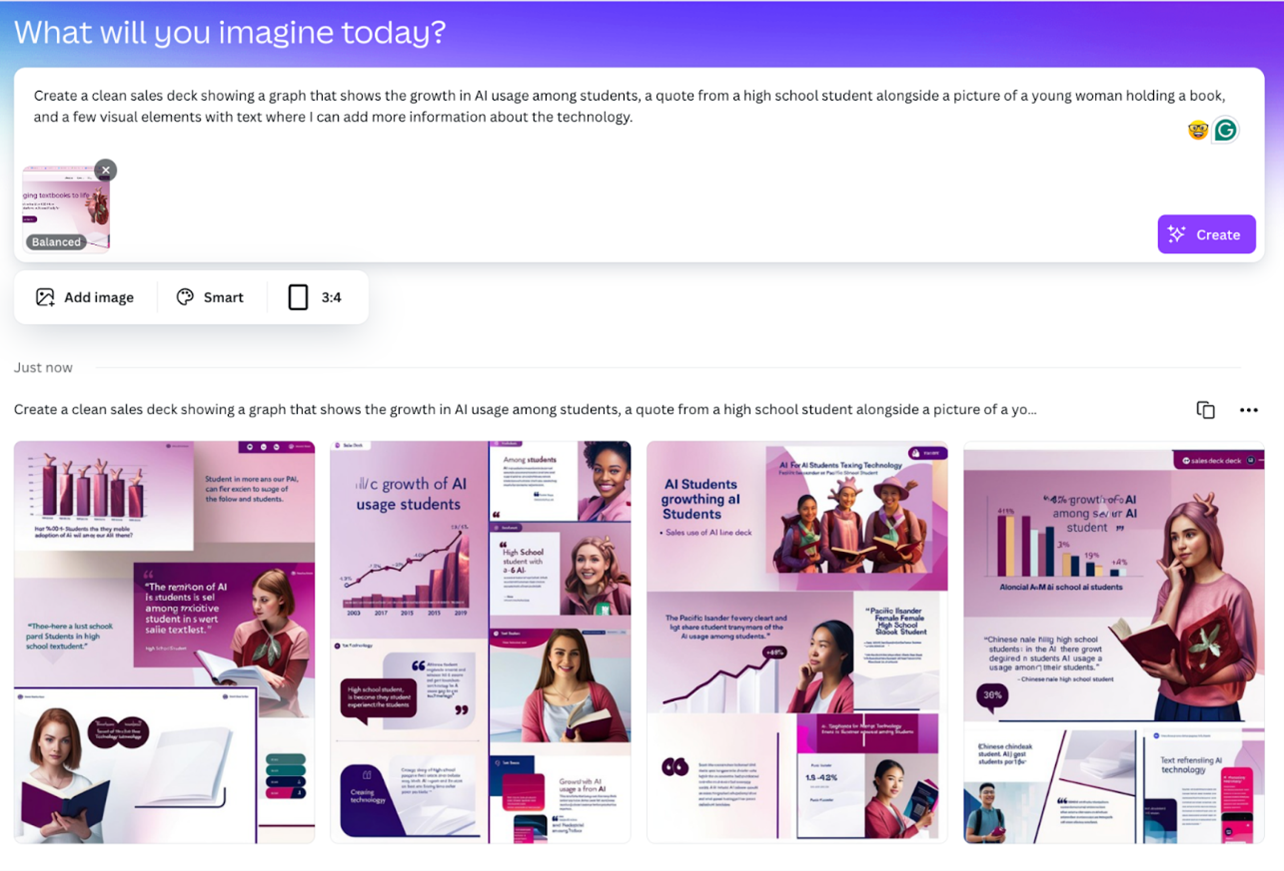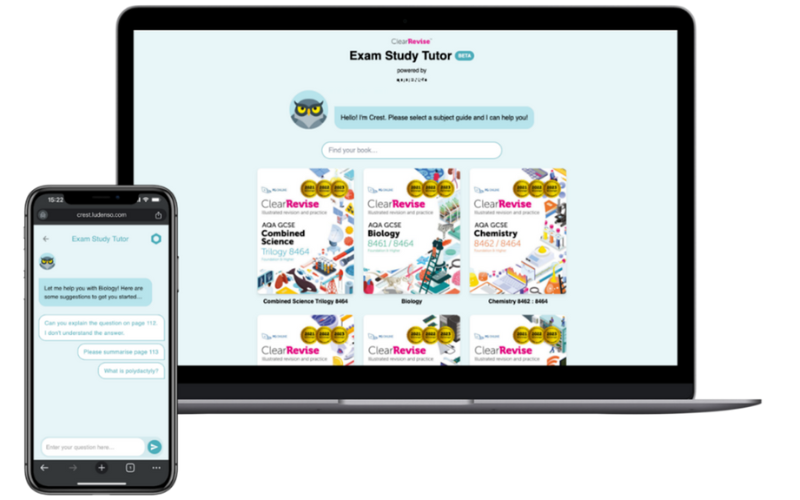AI in Publishing: How to Embrace It, Stay Human and Supercharge Your Skills
If you're working in publishing today, whether as an editor, translator, designer marketer or writer, you've probably wondered how AI (artificial-intelligence) might affect your role. Perhaps you’ve felt a bit uncertain, curious, or even excited about the possibilities.
I understand these feelings. At Ludenso, we partner with leading publishers worldwide. Through these collaborations, we've gained valuable insights into how publishers with varying workflows tackle common challenges and how they approach AI integration differently.
This post is your AI starter pack: it outlines common pitfalls and tools to try, with zero tech skills required. Just bring your curiosity and a bit of courage to experiment.
Why embrace AI?
Publishing moves deliberately and slowly, for better and for worse. This offers a strategic advantage: we can observe how AI is transforming faster-moving fields like software development. A decade ago, programmers built everything from scratch. Today, the most effective programmers integrate AI into their workflow. Not to replace their expertise, but to extend it. A great programmer becomes even better with AI, and is far better equipped to leverage it than someone without their foundational knowledge.
The same goes for publishing. As an editor, writer, or designer with deep domain understanding, you’ll have a competitive edge when applying AI tools. Whether it’s streamlining tasks, or fuelling creative output, AI can elevate the work you're already great at.
Yet, with all the excitement, there are a few important considerations.
Navigating pitfalls thoughtfully
Research reveals a cautionary note: extensive reliance on AI can dramatically weaken critical thinking. A 2024 Swiss study revealed a significant negative correlation between frequent AI usage and critical-thinking abilities, mediated by increased cognitive offloading. Simply put, the brain becomes lazier and allows the technology to undertake certain tasks, such as remembering telephone numbers.
Like search engines before it, AI can change how we think, not just what we do. Used mindlessly, it can dull critical thinking, as seen with the “Google Effect”, where we forget information but remember how to find it. Staying sharp is key to maintaining the quality your readers count on.
With this in mind, get ready to save time, level up your quality and have some fun while you're at it!
Practical AI tools to enhance your work
📚 For editors
- Grammarly: for grammar checks and stylistic improvements
- ProWritingAid: offers instant feedback on manuscripts, grammar checking and paraphrasing
✍️ For content creators
- ChatGPT: for brainstorming, outlining, summarising and exploring new ideas
- Novelcrafter: tools for authors looking for plot ideas and creativity boosts
- Jasper: for crafting marketing copy, blog posts and advertising content.

The image above shows how Jasper can generate LinkedIn posts aligned with your brand by setting tone, audience, message and length.
🎨 For designers
- Canva: helps you to easily create polished visuals

This image shows how a screenshot from Ludenso’s site was used to prompt the AI to create a sales deck as a mood board that can be refined in Canva.
- Midjourney: for unique illustrations and conceptual art.
🎓 For education use
- ClearRevise Exam Study Tutor: Ludenso’s AI-powered tutor is embedded in textbooks and tailored to exam specifications. Students can receive page-referenced, curriculum-aligned support

In the picture, students can select a textbook, and then receive instant tutoring.
- Curipod: helps teachers to create interactive lessons with polls, quizzes and collaborative activities.
Continuously build your AI literacy
The tools above are just a few examples. Some are free with optional upgrades, while others require a paid subscription. There are thousands more available. To find one that fits your needs, head to FutureTools.io and explore by category, for example, “copywriting” or “translation”.
AI literacy isn’t about mastering everything; it’s about staying curious and continuously learning. By building your AI literacy, you're positioning yourself as an invaluable team member.
Stay curious
Ultimately, the best way to address any uncertainty or excitement you might feel about AI is by learning from experts in the field. I highly recommend finding newsletters about your specific area. Some of my favourites are Absolutely Textbook and AIxEducation. Substack is a fantastic place to discover voices tailored to your interests, whether you're curious about AI in Higher Education, or passionate about open-access publishing. Find something you genuinely look forward to receiving in your inbox, and you'll naturally stay informed. And if you like what you just read, consider subscribing to the Letters from Ludenso where I’ll be sharing more from the intersection of publishing and edtech.
By embracing a hands-on approach, you'll confidently navigate the future of publishing, empowered by both AI and your domain expertise. Best of luck!



Ingrid F. Skrede
Ingrid F. Skrede is Chief Marketing Officer and Co-Founder at Ludenso. She was named one of the leading women in AI in EdTech by ASU+GSV in 2024.